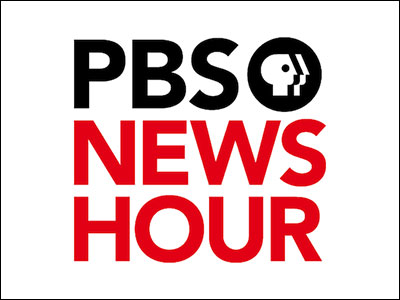The Francis Scott Key Bridge, once the second-longest continuous truss bridge in the U.S., now lies partially submerged in the Patapsco River after a catastrophic cargo ship collision this week.
“Will this Baltimore situation add a bunch of cost to the global supply chain? Well, no,” said Lisa Anderson, president of LMA Consulting Group. But with additional global complications, costs could compound.
###
The Francis Scott Key Bridge, once the second-longest continuous truss bridge in the U.S., now lies partially submerged in the Patapsco River after a catastrophic cargo ship collision this week.
Two people were injured, and six others presumed dead. The ship and mangled debris from the bridge have formed a wall in the water, indefinitely blocking access in and out of the Port of Baltimore, the top domestic port for cars and a major hub for other goods, such as forest products, farm equipment and sugar.
Among the questions around what happens now is what the accident means for shipping and the economy.
The port handled a record amount of cargo last year. While President Joe Biden has said he intends for the federal government to rebuild the bridge, and called on Congress to support that effort, the port is directly responsible for about 15,000 jobs and generated $4.7 billion in economic value to the state of Maryland.
The bridge’s collapse stranded at least 10 vessels in the water and ships outside the blockage have had to reroute to other East Coast ports, such as Norfolk and New Jersey. For global shipping, this comes at a time when companies are contending with route disruptions along the Suez and Panama canals.
Here’s how the Key Bridge collapse may affect the port’s operation, the local economy and international supply chains.
- What role does the Port of Baltimore play?
- How long will shipping be suspended?
- Will supply chains be interrupted?
- What are potential long-term effects?
- What about local and regional effects?
Read more at PBS News Hour site.



